#2 Sacred Earth, Sacred Self: Scientific and Spiritual Knowledge of Ancient Peoples
Hi Friends! Perhaps you have watched the first video on this thread and listened to the Potowatomi origin story of Sky Woman Falling. In this story, Sky Woman fell to earth and was given shelter and generosity by the other than human beings who welcomed her. She came, as any good guest would, with gifts: the seeds she brought from the tree of life. She was the mother of all green growing things: the food plants, medicine plants, the trees that call rain, and the low fruiting ones that feed all of life. She came with Knowledge and was met by Generosity. Knowledge and Generosity ~ both which bespeak of humanity’s intimate relationship with all beings ~ these were the substrata of earthly life.
This is a very different story than our biblical origin story! Adam and Eve, and thereby we as well, were punished for seeking knowledge. A wrathful God wishing to retain knowledge and thereby power, evicted them ~ and us ~ from Paradise. Here, the generosity of The Gift is absent; we must work by the sweat of our brow. This is a God not interested in the synchronistic coevolution that relationship engenders.
Perhaps the human impulse to know began with an innocent wish for relationship: to know through intimate interactions, by living in deep relationship with other beings. Perhaps, the legacy of our story, having been punished for this wish, is that we have learned to extract knowledge without relationship as the foundation.
Let’s look, now, at the deep knowledge that is born of relationship. We can look to ancient societies as well as current hunter-gatherer cultures.
Knowledge:
Hunter-gatherers must know the temperaments, habits and languages of all the other-than-human persons with whom they share the land. They develop super-sensitivity to slightly changing atmospheric conditions, to the sounds and nuances ~ the language ~ of the land and its beings. Because they know the habits of the local plants and animals in these conditions, they can gauge life’s imperatives: when to prepare the hunt, or to gather ripe acorns from oaks, or pick mushrooms after rains.
They develop vast knowledge of thousands of plants, their locations and uses as food or medicine, as well as poisonous ones to avoid. They observe these plants, learning in what conditions they flourish, what their needs and wishes are. From the plants themselves they learn how to help them prosper: when and how to prune, when to gather, how to harvest for best-continued production. They know the cycles of fruit and nut –bearing trees; know when and how to harvest equitably as well as to control-burn for best production.[i] The live embedded in the interconnected tapestry, the sacredness, of all life.
Because nomads follow their food source, every adult must know vast terrains and multiple eco-systems. Not “wanderers”, rather they are masters of earth sciences, familiar in intimate detail with multiple eco-systems. Coastal tribes knew the migratory cycles of the fish and moved camp, respecting and following the fish’s natural rhythms, unlike today’s marine farms which, as with all factory farming, disregard the needs of the food-animals themselves and the needs of their environments as well. Mountain and plains tribes knew the locations of perennial food and medicine plants, their seasons and cycles. They also knew the movements and foods of herd animals as well as the habits, sleep and wake cycles of predators. Forest tribes knew the subtleties of nuts and mushrooms, the movements of deer, bear and mountain lion.
These ancient peoples and their few modern successors had interwoven relationships with the beings that were their food. With honor and gratitude, they seasonally burned, planted, tended, equitably harvested, and shared the wealth through celebration and ceremony. This seeds future generations with generosity and abundance.
In our next post, we will look more deeply into Relationship, and hear stories about this, as well. See you soon!
[i] M. Kat Anderson, Tending the Wild, University of California Press, 2006, Part II: Indigenous Land Management and its Ecological Basis, P. 125-308.


